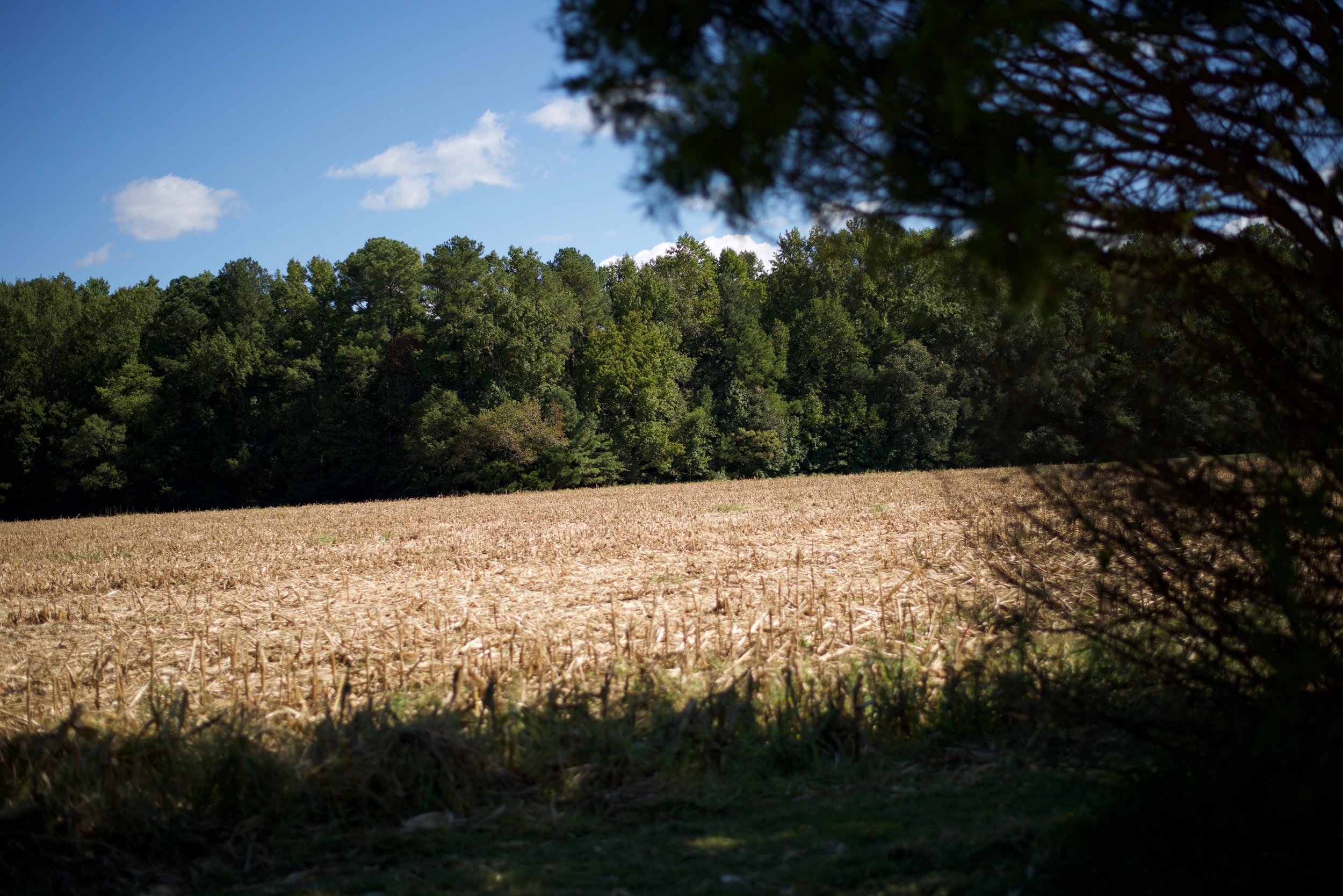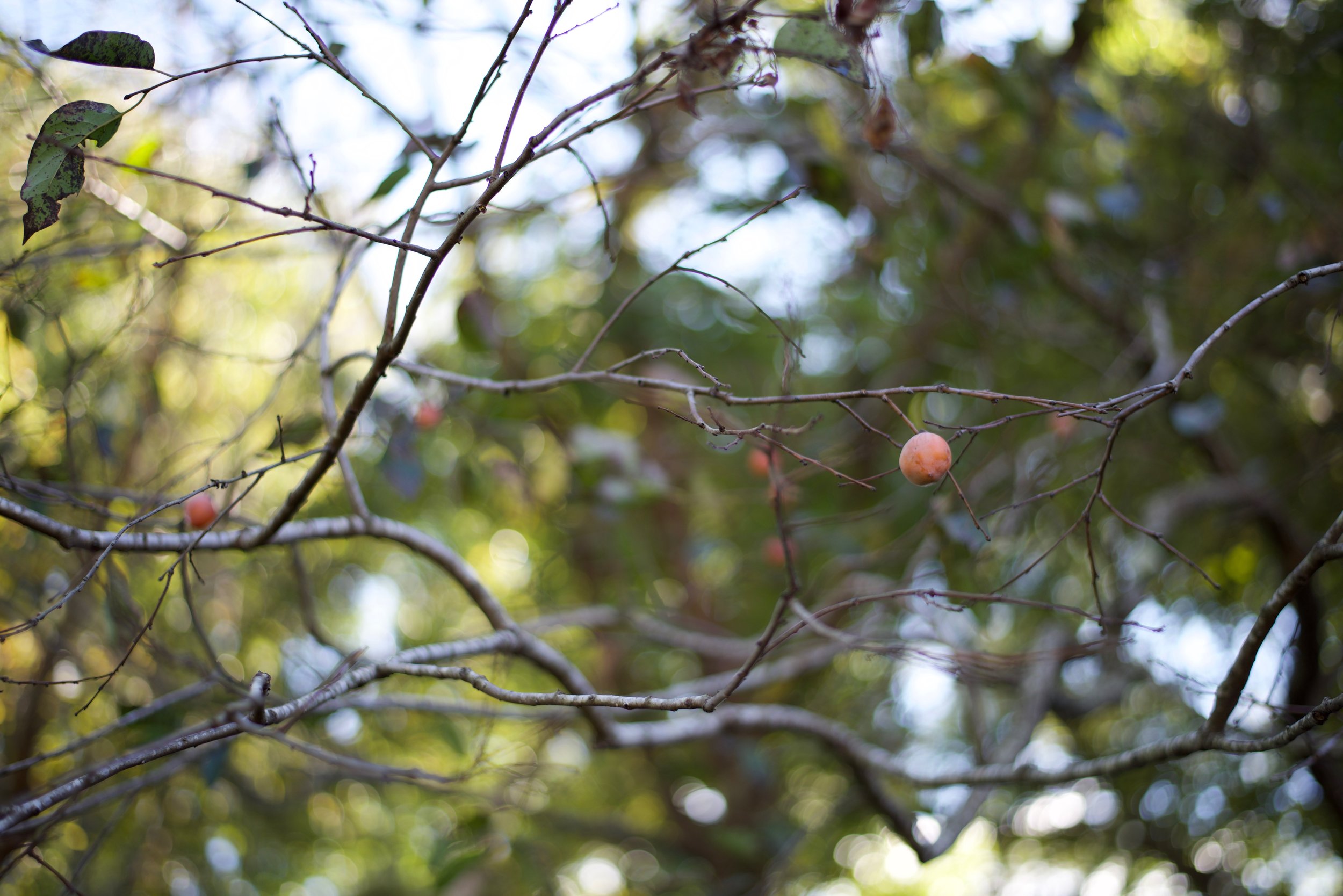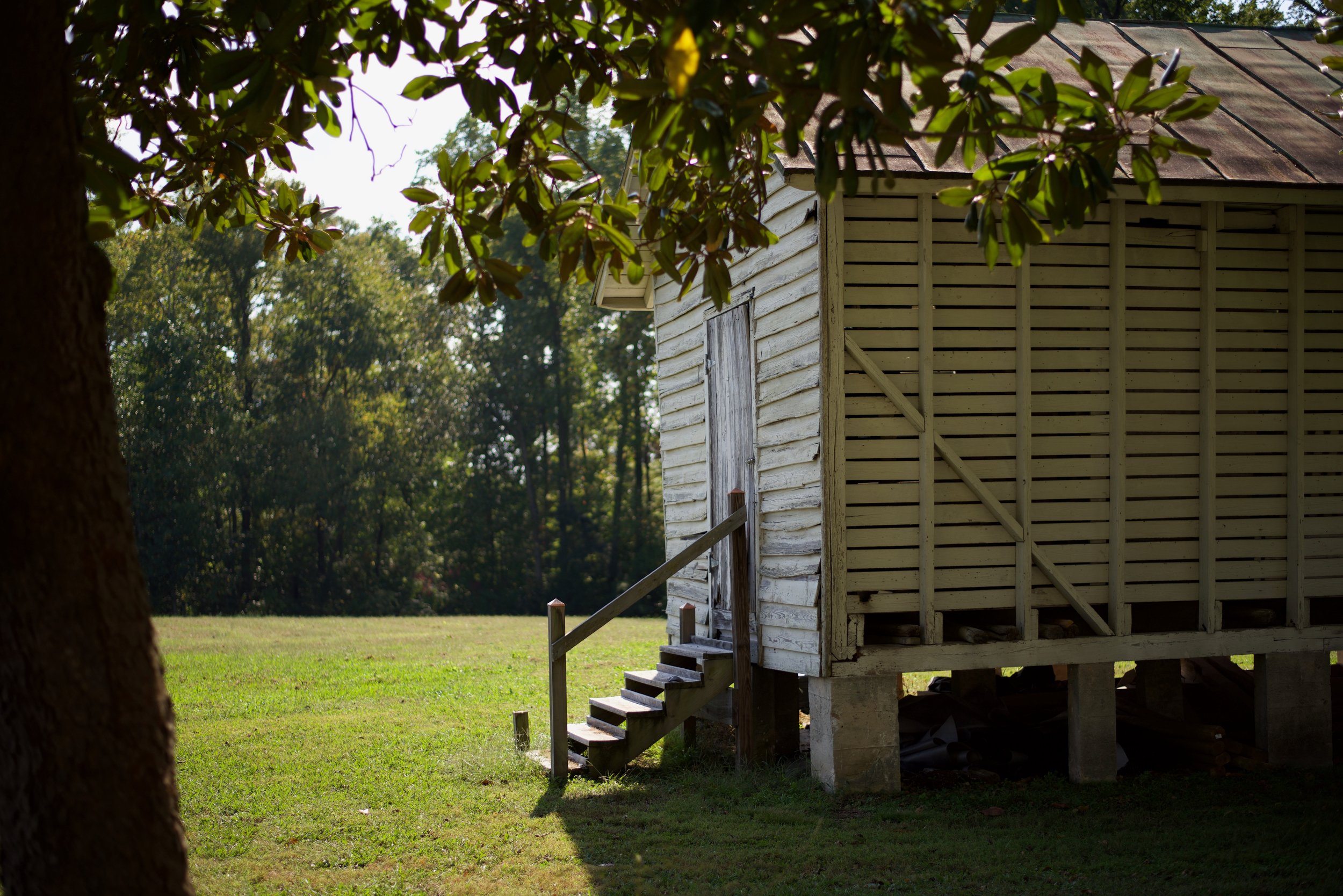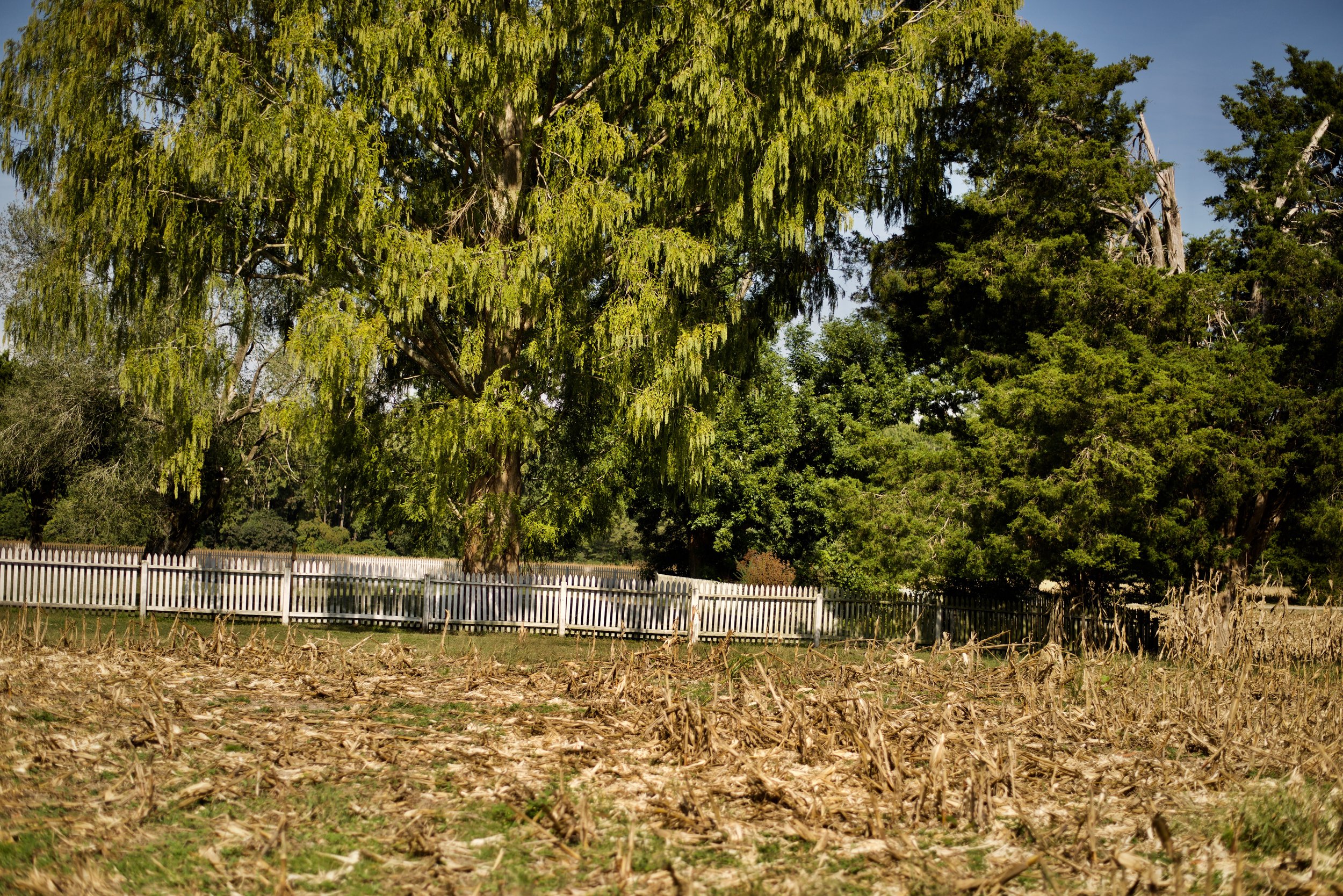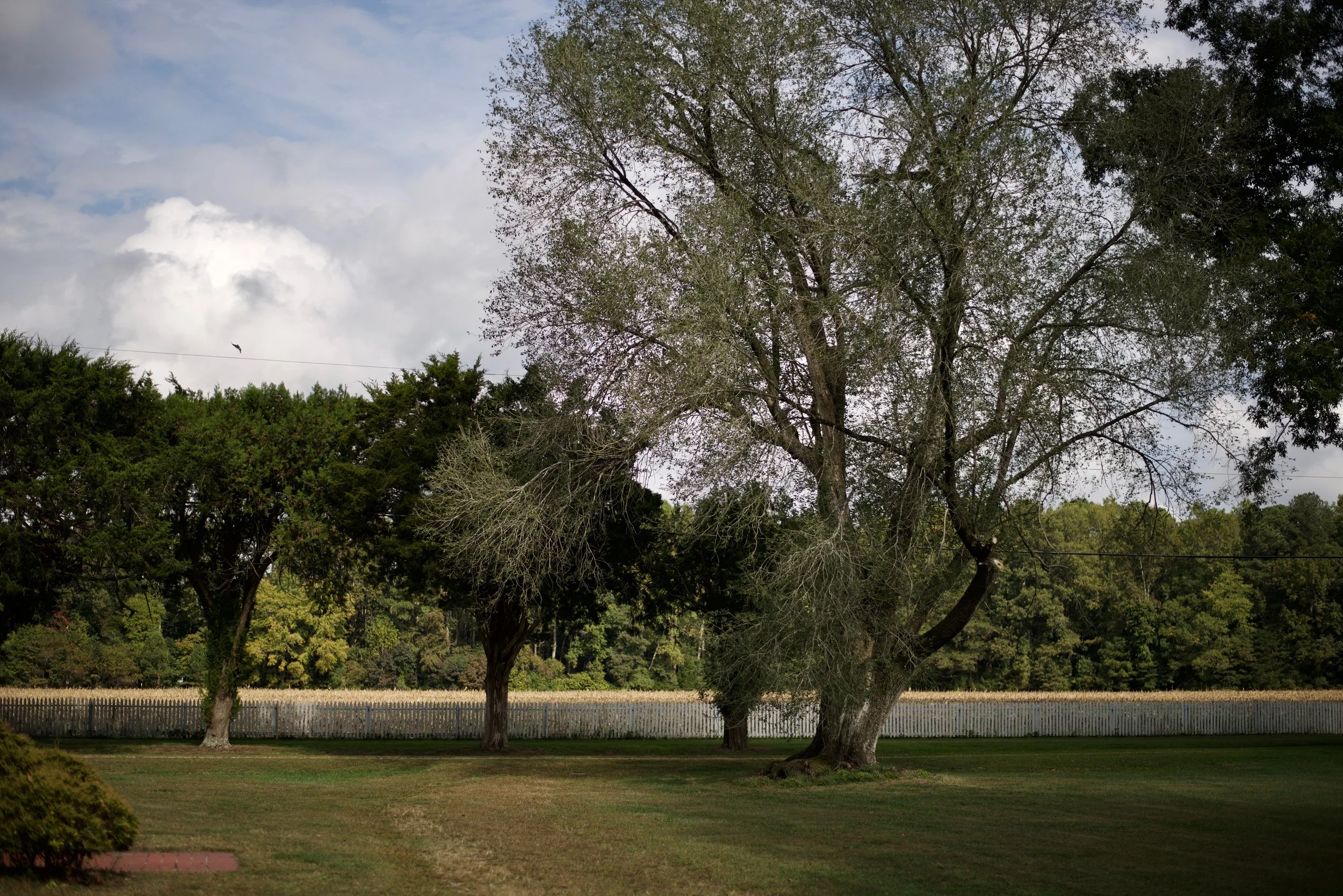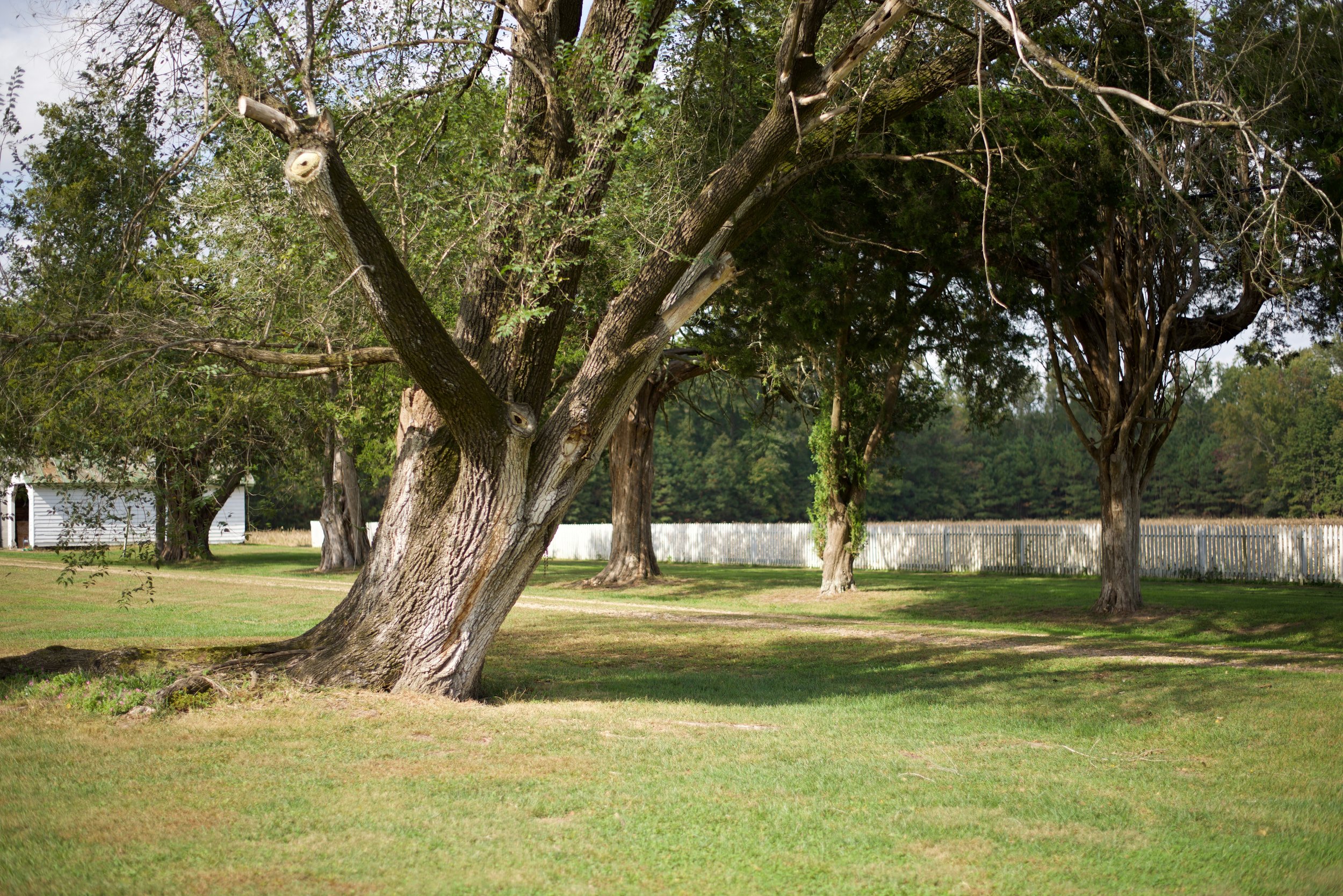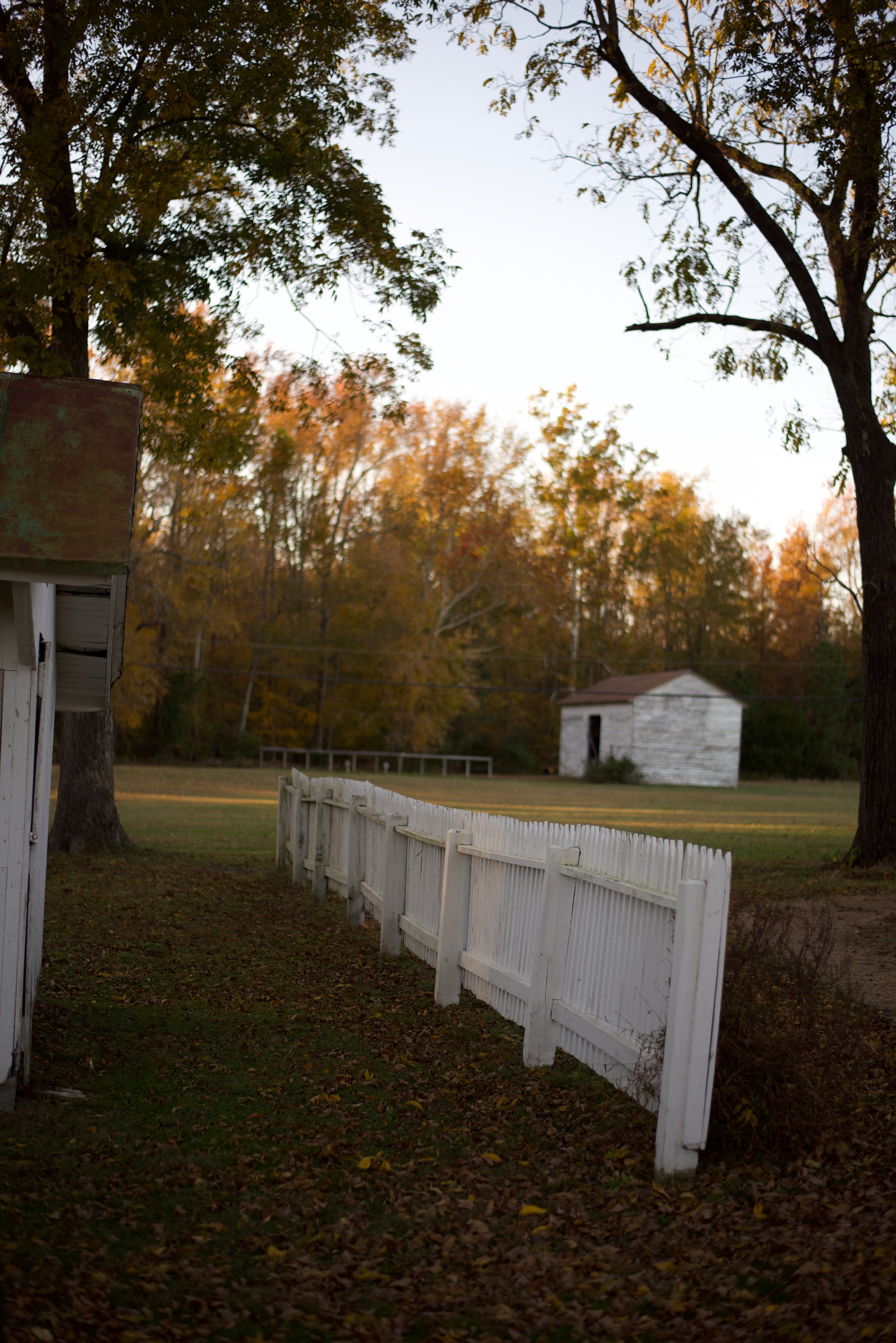
The Glebe
The word “Glebe” comes from the latin gleba, meaning “clod” or “land.” A Glebe is land owned by a church that is farmed to help support the clergy of that church. Oftentimes the priest also lived on the glebe. The Glebe where St. James On-the-Glebe is located is the historic colonial Abingdon Glebe, which originally was owned by Abingdon Parish. The colonial clergyman would have lived in the Glebehouse and commuted by horseback to both Abingdon Parish (located 4 miles to the south) and Ware Parish (located 4 miles north of the Glebe.) The Glebehouse was first mentioned in a letter by Rev. Thomas Hughes, the rector of Abingdon Parish in the early 1700s, to the Bishop of London in 1724: meaning that the Glebehouse dates to at least the 1720s and the Glebe itself to the late 1600s. The original expanse of the Glebe is said to have been up to 1200 acres.
After the Revolutionary War and then the Disestablishment in 1802, the property was confiscated and sold into private ownership. The Glebe was lovingly passed down as a family farm for a few generations, moving through the hands of a few different prominent families of Gloucester.
In the 1980s, the Glebe was purchased by William “Rooster” Riddick, an Air Force Veteran and graduate of Virginia Military Institute. At his death in 2006, he graciously bequeathed the Glebe to St. James Anglican Church, passing back the land to its original purpose of facilitating Anglican Worship. The Carriage House Fellowship Hall is dedicated and named in his honor: “Riddick Hall.” His picture can be found in the narthex of the chapel.
As far as we can tell, St. James On-the-Glebe is the only Glebe in America still “working!” The Glebe is made up of 65 acres: 30 acres of fields, 30 of woods that ring the whole property, and the 5 acres of meadow that make up the “glebeyard” where the house, chapel, and outbuildings are located. The fields are still completely in use! They are worked by the same local man who has been farming them for over 40 years. His “people” have been here since the 1600s and he is an incredible salt-of-the-earth part of the community, bringing the Vicar and his family meat from deer he has shot on the Glebe and fish caught in the local rivers. The fields were harvested in October.
There are 8 outbuildings on the property: the chapel, the chicken coop, the mule barn, the tool shed, the smokehouse, the tractor barn, the carriage house, and the barn. The drive through the fields up to the glebeyard is lined in cedar trees, common in this area to mark an old farmhouse set back from the main road. Growing on the glebe are wild persimmons, a few apple trees, black walnuts, and edible mushrooms in the woods. In between the mule barn and chapel is a grove of pecan trees! Visitors to the church are welcomed with a bag of pecans from this year’s harvest.
